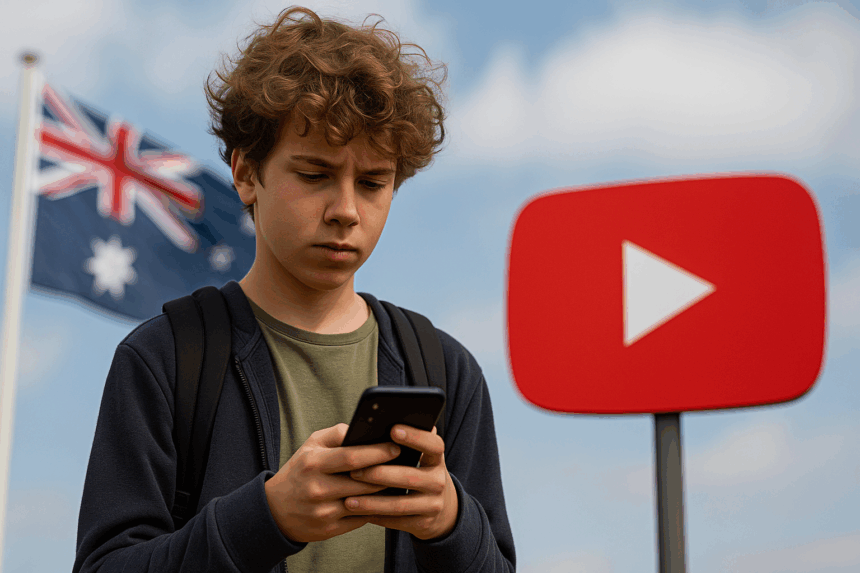Australia pushes for stronger protections for children online, seeking to include YouTube in a social media ban for users under 16 years old. This campaign targets platforms accessible to minors without adequate safeguards. Lawmakers aim to reduce the mental health risks linked to early social media exposure. As debates intensify, Australia’s proposed measures add urgency to global discussions about youth digital safety.
What’s Happening & Why This Matters
Australia’s government presses for a legal ban on social media use for children under 16, aiming to shield young users from harmful content and addiction. This move builds on existing proposals that already cover platforms like Instagram and TikTok but notably exclude YouTube. Advocates argue that YouTube’s absence leaves a serious protection gap.
YouTube pushes back, highlighting efforts to enhance safety with stricter content moderation and parental controls. The platform claims to protect minors and promote responsible use actively. However, critics worry that YouTube’s vast video library and recommendation algorithms still expose young viewers to unsuitable material.
The Australian Communications and Media Authority (ACMA) supports expanding the ban, citing studies that link early social media use to anxiety, depression, and lowered self-esteem among youth. Officials emphasize that the costs of mental health and societal impacts justify stronger regulations.

This debate arises amid global concerns about children’s online well-being. Other countries are exploring similar restrictions, reflecting a greater effort to balance digital innovation with child protection. The issue examines how governments, platforms, and families navigate the role of technology in the lives of young people.
Digital rights groups urge policymakers to exercise caution in their approach to avoid overly broad restrictions that could hinder educational content and freedom of expression. They advocate for transparent standards and clear age verification to make bans practical and fair.
Australia’s push indicates a willingness to hold social platforms accountable for youth safety. The outcome could influence international approaches to regulating social media’s impact on mental health.
TF Summary: What’s Next
Australia’s campaign to include YouTube in the U16 social media ban reflects increasing concern over young people’s digital exposure. The debate presents the challenges of protecting children while respecting access to information. Stakeholders and observers expect ongoing discussions about age limits, content regulation, and platform responsibility. Future policies may impact how social media is used by younger users globally.


